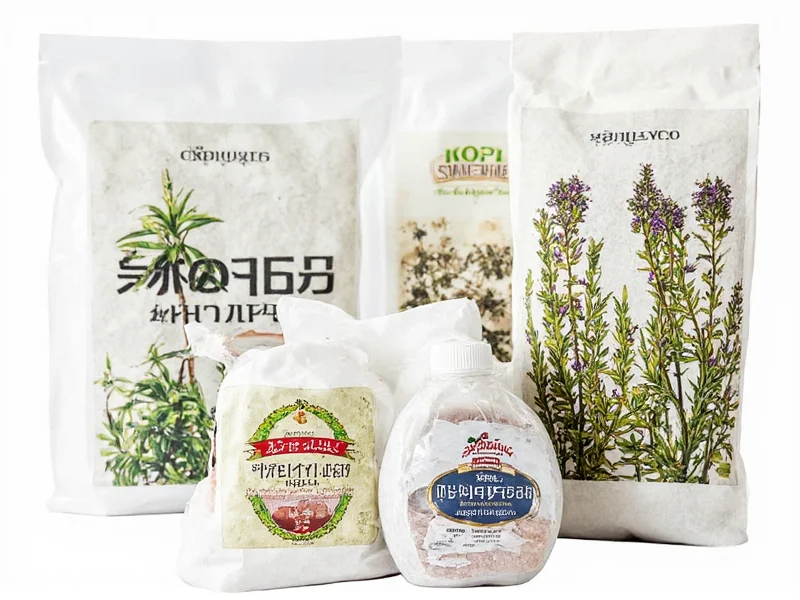When searching for thyme and co, many users encounter confusion between business names and culinary information. This comprehensive guide clarifies both interpretations while providing valuable insights whether you're seeking a restaurant or herb gardening advice.
Understanding Thyme and Co Business Establishments
Thyme and Co has become a popular naming convention for restaurants, cafes, and catering services that emphasize fresh herbs and Mediterranean flavors. These establishments typically feature thyme prominently in their menus, decor, and branding. Unlike chain restaurants, most Thyme and Co locations operate as independent businesses, which explains why search results often show different addresses and menus depending on your location.
Thyme as an Herb: Essential Information
For those interested in the herb itself, thyme (Thymus vulgaris) is a perennial subshrub native to Europe and North Africa. This versatile herb has been used for centuries in both culinary and medicinal applications. With over 350 varieties, common thyme remains the most popular for cooking, featuring narrow leaves and a distinctive earthy, slightly minty flavor profile.
| Thyme Variety | Flavor Profile | Best Culinary Uses |
|---|---|---|
| Common Thyme | Earthy, slightly minty | Roasts, stews, braises |
| Lemon Thyme | Citrus-forward | Fish, poultry, desserts |
| French Thyme | Stronger, more floral | Herb blends, finishing dishes |
| Caraway Thyme | Earthy with caraway notes | Bean dishes, root vegetables |
What Pairs Well with Thyme: Culinary Combinations
Understanding what complements thyme elevates your cooking significantly. Professional chefs consistently pair thyme with specific ingredients that enhance its complex flavor profile:
Herb Combinations with Thyme
When creating herb blends, thyme works exceptionally well with:
- Rosemary - creates a robust Mediterranean foundation for meats and roasted vegetables
- Sage - balances thyme's brightness with earthy depth, ideal for poultry and pork
- Oregano - enhances thyme's herbal notes in tomato-based dishes and pizza
- Basil - provides sweet contrast in summer dishes and fresh sauces
Food Pairings for Thyme
Certain ingredients naturally complement thyme's flavor profile:
- Lemon - brightens thyme's earthiness in fish, chicken, and vegetable dishes
- Garlic - creates a classic foundation for sauces and marinades
- Mushrooms - shares earthy notes that intensify when cooked with thyme
- Tomatoes - balances acidity with thyme's herbal complexity
Growing Thyme: Companion Planting Guide
If you're cultivating thyme in your garden, certain plants make excellent companions. Thyme and co planting refers to which plants thrive alongside thyme in garden settings. Successful companion planting improves growth, deters pests, and enhances flavor.
Best Companion Plants for Thyme
- Rosemary - shares similar water and sunlight requirements
- Oregano - creates a Mediterranean herb garden with complementary flavors
- Sage - deters similar pests and thrives in comparable conditions
- Strawberries - thyme repels certain pests that target strawberries
- Cabbage family - thyme deters cabbage moths when planted nearby
Plants to Avoid with Thyme
- Water-loving herbs (like mint or basil) - thyme prefers drier soil conditions
- Fennel - can inhibit growth of nearby plants
- Cucumbers - have different moisture requirements
Common Misconceptions About Thyme and Co
Several misunderstandings persist about thyme and businesses using this name:
- Myth: All Thyme and Co establishments are part of a chain restaurant
- Reality: Most operate as independent businesses using a similar naming convention
- Myth: Thyme only works with Mediterranean cuisine
- Reality: Thyme complements diverse cuisines from French to Southern American
- Myth: All thyme varieties taste identical
- Reality: Different varieties offer distinct flavor profiles suitable for specific dishes
Practical Applications for Home Cooks
Understanding thyme and co combinations transforms ordinary dishes into extraordinary meals. When using fresh thyme, remember that one teaspoon of dried thyme equals one tablespoon of fresh. For best flavor release, add thyme early in the cooking process for stews and braises, but use it as a finishing herb for delicate dishes like fish or salads.
When creating your own herb blend featuring thyme and company herbs, maintain a 2:1:1 ratio (thyme:rosemary:sage) for balanced flavor. This classic combination works beautifully with roasted meats, root vegetables, and hearty soups.











 浙公网安备
33010002000092号
浙公网安备
33010002000092号 浙B2-20120091-4
浙B2-20120091-4